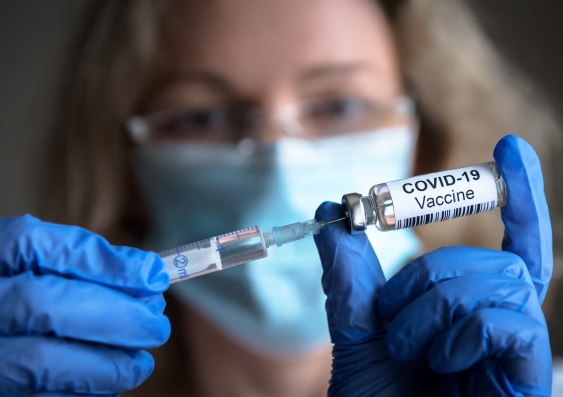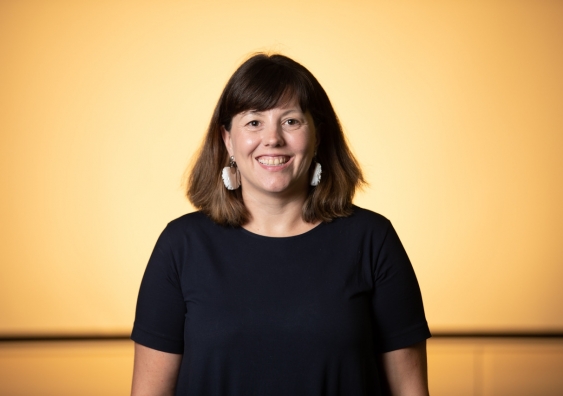COVID-19 vaccination glossary to help non-English speakers
The glossary will be translated into 31 languages.
The glossary will be translated into 31 languages.

Stefanie Menezes
UNSW Media & Content
+61 468 518 374
s.menezes@unsw.edu.au
A COVID-19 vaccination glossary will be distributed across Australia in 31 languages after being developed by UNSW Associate Professor Holly Seale in partnership with NSW Health.
The COVID-19 Glossary of Immunisation and Vaccine Development, launched by NSW Health, aims to provide plain language meanings to complex immunisation and vaccine development and terms.
A/Prof. Holly Seale from the School of Population Health at UNSW Sydney led the development of the glossary which will assist community leaders and organisations.
“It is important that accurate information about the individual COVID-19 vaccines and the vaccination program is communicated to support the community’s understanding and confidence in the COVID-19 vaccination program,” A/Prof. Seale said.
“Information about the vaccines can include complex medical terminology, which we do not always use in normal conversations about immunisation.”
Tish Bruce, Executive Director of Health and Social Policy at NSW Health, also acknowledged that the terminology used around COVID-19 vaccination is often complicated, and it can be challenging to communicate accurate information to others.
“For many in our community, having clear, straightforward and empathetic conversations about vaccination with people they trust is crucial in encouraging people to get vaccinated,” she said.
UNSW Dean of Medicine Professor Vlado Perkovic said the glossary is vital in enabling efforts to control and eliminate COVID-19.
“UNSW is committed to helping protect the Australian and global community from COVID-19. Our researchers are working hard to make a difference during this difficult time, and this glossary is an important step in this regard,” Prof. Perkovic said.
The glossary was developed in collaboration with experts working in vaccine development, in immunisation program and policy roles, as well as those working to support Culturally and Linguistically Diverse Communities (CALD) communities.
The terms were reviewed by National Accreditation Authority for Translators and Interpreters (NAATI) certified translators and communication experts. The literacy levels were tested using an online tool developed by the Sydney Health Literacy Lab.

Associate Professor Holly Seale developed the COVID-19 vaccination glossary in partnership with NSW Health. Photo: UNSW Sydney.
“The glossary was developed to help community organisations, translators and interpreters, bilingual workers, and community leaders better understand and communicate words and terminology about vaccine development and implementation,” A/Prof. Seale said.
The glossary will be available in 31 languages other than English: Arabic, Assyrian, Bengali, Burmese, Chinese Simplified, Chinese Traditional, Dari, Dinka, Farsi, Greek, Hazaraghi, Hindi, Indonesian, Italian, Karen, Korean, Kurdish (Sorani), Macedonian, Mongolian, Nepali, Portuguese, Punjabi, Russian, Spanish, Swahili, Tagalog/Filipino, Tamil, Thai, Tibetan, Urdu and Vietnamese.